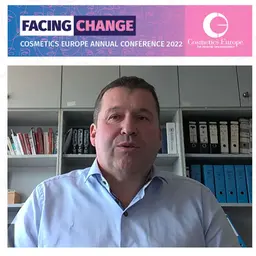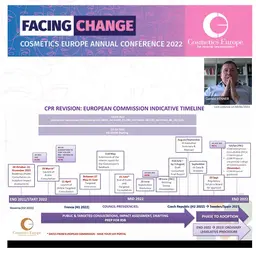
An issue arose some years ago about the potential toxicity of nanomaterials for human health, especially when they are in cosmetic products. They are suspected to be a cause of harmful effects on human tissues or cells: stress due to oxidants, production of free radicals and cytokine, which is a family of powerful inflammatory proteins, mutation or modifications of DNA … especially when it comes to Titanium Dioxide or Zinc Oxide used as UV filters in sun creams. They are the main topic of the French Afssaps study issued on June 14, 2011.
The beginning of the story is when the General Directorate for Health (DGS, as per its French acronym) asked Afssaps, on 21 January 2008, to give its opinion about nanomaterials in cosmetic products. This led to this report: “Report about nanomaterials in cosmetic products”.
Afssaps was asked to give its conclusion about the likeliness of a carcinogen, even genetic, risk due to using Titanium Dioxide in cosmetics, after the International Agency of Research on Cancer (IARC) classified it in the Section 2B, potentially carcinogen for humans, in February 2006.
Further, Afssaps was given the task to evaluate the ability of nanoparticles, in particular, Titanium Dioxide, but also Zinc Oxide, present in cosmetics applied on the skin to permeate through it.
Cutaneous permeation: not ruled out
In cosmetics, as per the report, these two ingredients are mainly used as nanoparticles, and are mineral UV filters in sun creams; “odds are for these products to enter the bloodstream through the skin and to be adsorbed by some target organs.”
To perform this evaluation, Afssaps went by the then available studies. Even if, as Afssaps says, they are not all relevant, its conclusion is “cutaneous permeation of nanoparticles of titanium dioxide and zinc …













